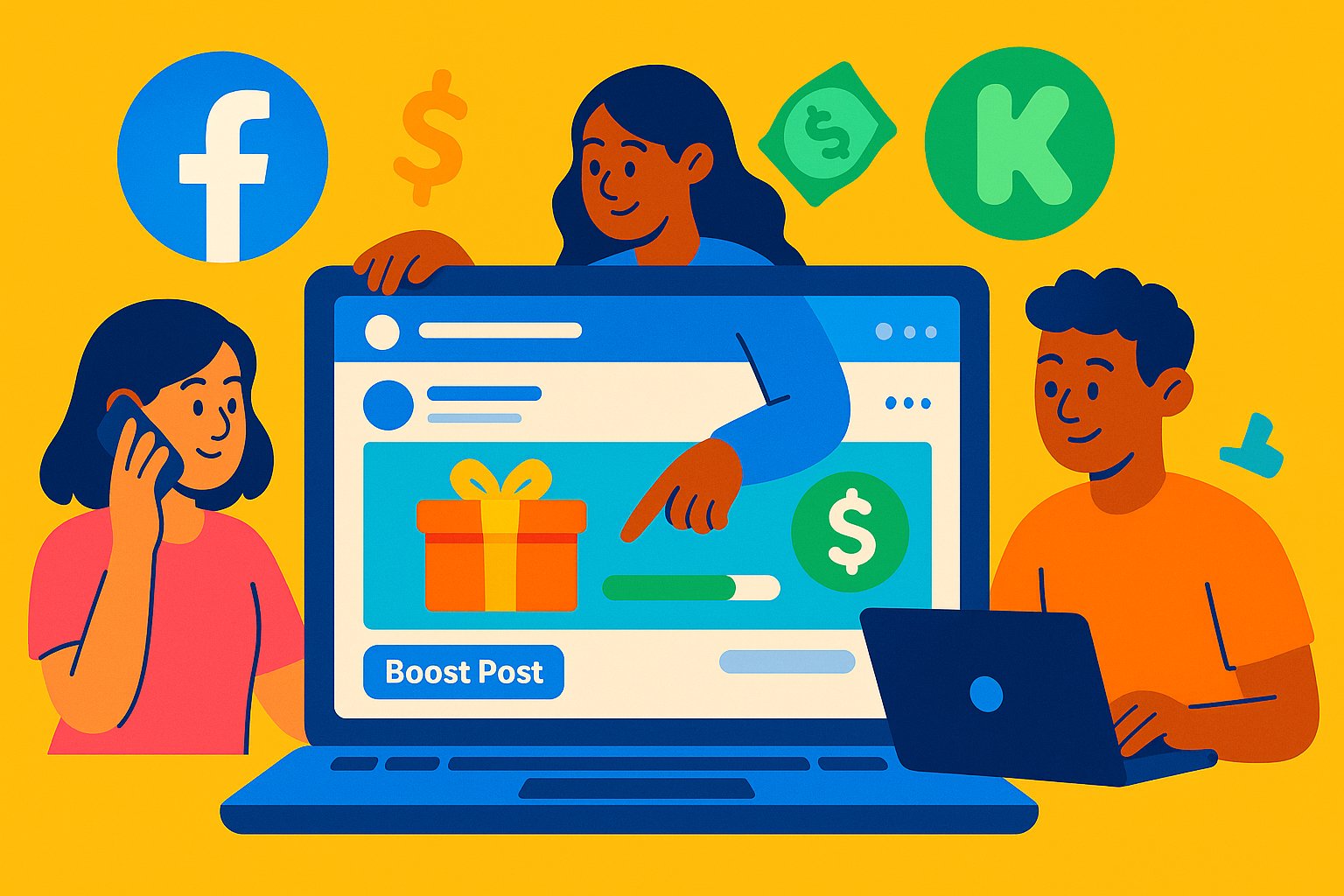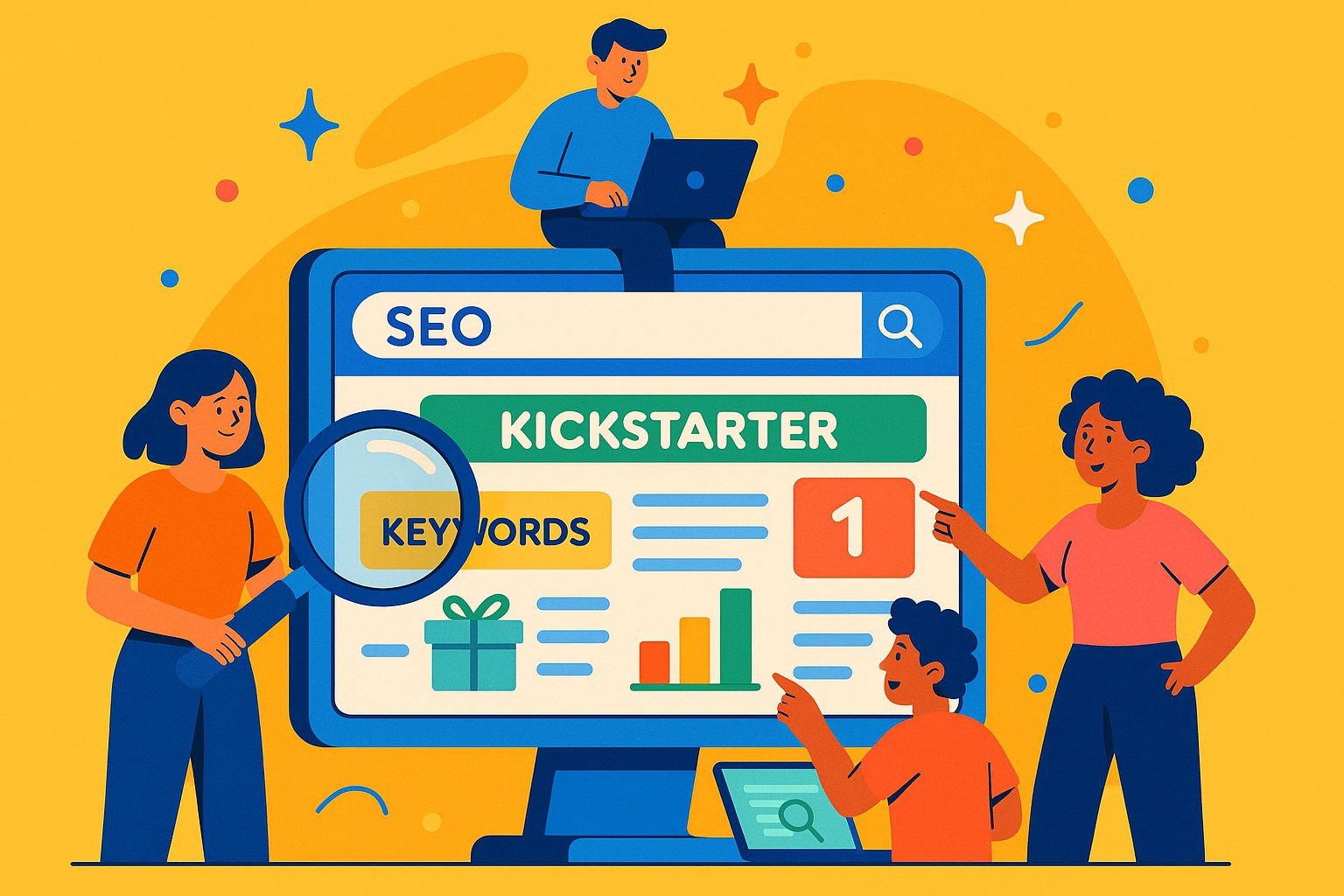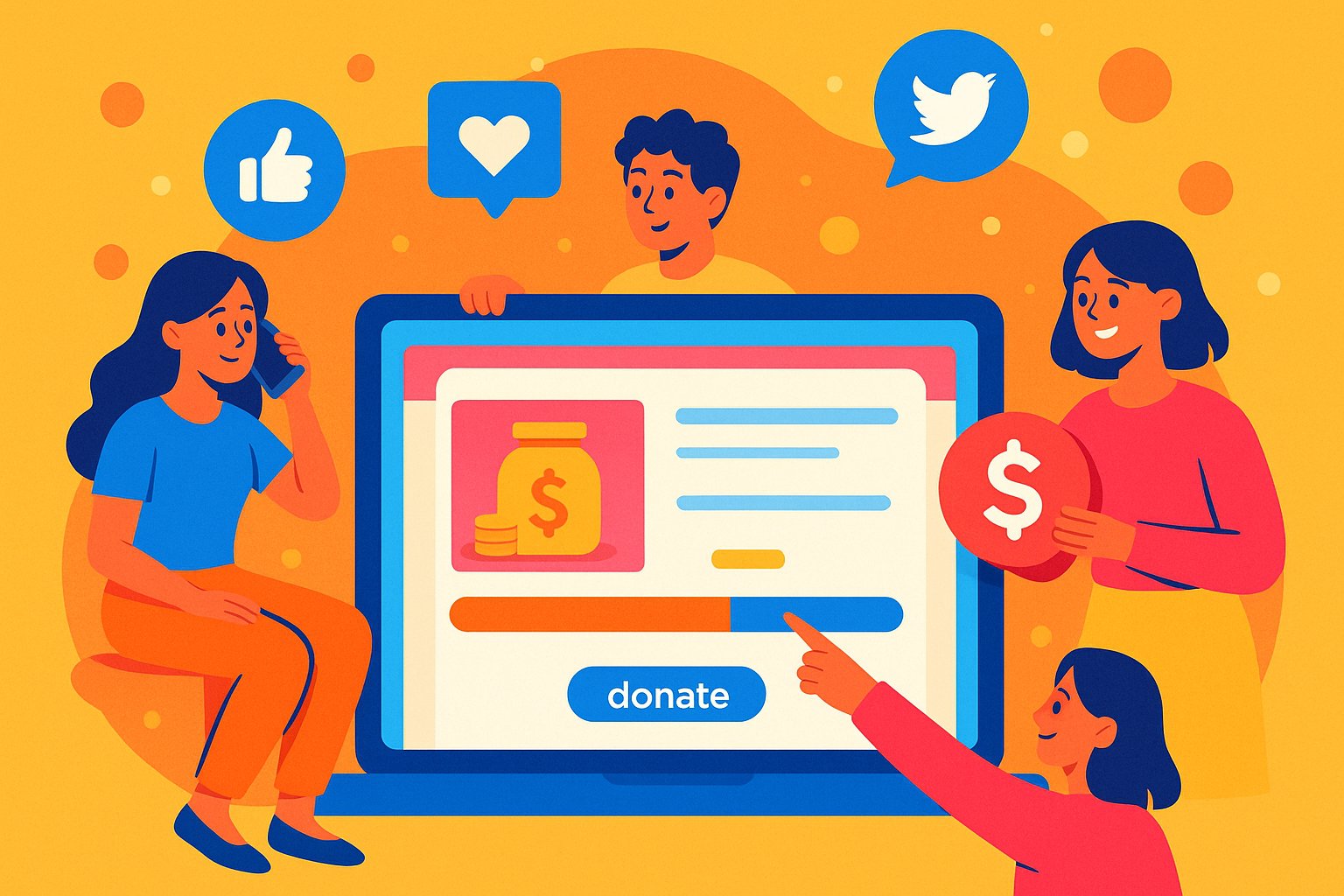Understanding Backer Personas on Facebook
Launching a Kickstarter campaign is more than just presenting a project; it’s about convincing potential backers that your idea deserves their support. Facebook advertising offers a powerful way to reach these individuals, but the first step is truly understanding who they are. Instead of assuming a one-size-fits-all approach, invest time in defining your backer personas. Are they early adopters of innovative technology, design enthusiasts seeking the next cool gadget, or community-minded supporters of indie creative projects? Each group consumes content differently, engages at varying times, and responds uniquely to visual cues. By diving into Facebook’s Audience Insights—analyzing demographics, interests, and behaviors—you can craft tailored ad campaigns that speak directly to prospective backers’ motivations and pain points. This deeper understanding ensures that your ad spend is directed toward users most likely to pledge, rather than scattering impressions across a disengaged audience.
Building Ad Creative That Captivates
Even with pinpoint targeting, Facebook users scroll past thousands of posts daily. If your ad doesn’t grab attention immediately, it won’t matter how carefully you’ve defined your audience. Craft ad creatives that stop the scroll with vivid imagery and concise messaging. Use high-quality photos of your prototype in action or lifestyle shots that show your product solving a real-world problem. Short, punchy headlines—such as “Revolutionize Your Morning Routine” or “Bring Indie Creativity Home”—encourage users to click and learn more. In the ad copy, highlight core benefits quickly: whether your project saves time, enhances productivity, or sparks joy, communicate value in a sentence or two. Video ads can be especially effective; a 15-second clip showcasing your prototype’s key features paired with dynamic music can generate excitement and curiosity. Always ensure each creative element aligns with your Kickstarter branding—consistent colors, fonts, and imagery reinforce credibility and build trust.
Dialing in Laser-Focused Targeting
One of Facebook’s greatest strengths is its granular targeting options. For a Kickstarter campaign, you don’t want merely general technology enthusiasts; you want the niche subset most likely to convert into backers. Begin by layering interest targeting: if you’re crowdfunding a smart home gadget, choose interests such as “home automation,” “tech startups,” and “IoT enthusiasts.” Next, refine by demographic filters: perhaps tailor age ranges between 25 and 45, a demographic historically inclined toward early adoption and discretionary spending. Further narrow by behaviors—target users who have previously made online purchases, shown interest in crowdfunding platforms, or engaged with content related to product reviews. Facebook also allows you to exclude audiences to minimize wasted spend, such as excluding current backers who have already pledged. This laser-focused approach ensures your ads are shown to users who not only match your backer persona but also have demonstrated a propensity to engage with similar projects.
Smart Budgeting for Kickstarter Ads
It’s tempting to allocate a large portion of your crowdfunding budget to Facebook ads, but striking the right balance requires strategy. Rather than spending a lump sum on a single campaign, break your budget into smaller daily allocations tied to specific objectives—awareness, engagement, and conversion. In the initial phase, allocate funds to broad awareness ads aimed at generating clicks to your Kickstarter landing page. As you gather data on which ads and audiences perform best, reallocate budget to the higher-converting segments. For example, if ads targeting “indie gaming” show a 4 percent conversion rate compared to a 1.5 percent rate for “tech gadgets,” shift more budget to the gaming segment. Use Facebook’s bid strategies to control costs: choose either lowest-cost bidding to maximize impressions within budget or target-cost bidding if you aim for consistent cost-per-acquisition. By monitoring performance daily and adjusting budget allocations dynamically, you maintain control over ad spend and ensure you’re investing in the tactics that yield the best return.
Testing to Perfection: A/B Strategies
Guaranteeing Kickstarter success is not a matter of luck—winning campaigns rely on constant refinement. A/B testing (also known as split testing) is a powerful way to determine which ad components resonate most with your target audience. Test one variable at a time—whether it’s an image, headline, call-to-action button, or ad copy length. For instance, create two identical ad sets that differ only in the primary image: one featuring a close-up of your prototype and the other showing a lifestyle shot of someone using the product. Measure click-through rates, cost per click, and ultimately backer conversions to determine which creative drives better results. Facebook’s built-in A/B testing tools simplify this process, automatically dividing your audience and providing clear performance metrics. Beyond images, experiment with headlines—perhaps “Limited Early-Bird Pricing” versus “Exclusive Launch Offer”—to uncover the precise language that compels action. Over time, these micro-optimizations accumulate, significantly increasing conversion rates while ensuring your ad budget is spent on only the most impactful creative.
Retarget with Precision: Custom and Lookalike Audiences
Retargeting is crucial for Kickstarter campaigns, as many potential backers won’t convert on their first visit. Facebook enables you to craft custom audiences based on specific actions—visitors who clicked on your Kickstarter page but didn’t pledge, for example, or users who watched over 50 percent of your video ad but didn’t click through. By creating an ad campaign targeting these warm leads, you remind them of your value proposition with more urgency—“Final 48 Hours for Early-Bird Deals” or “See Why Backers Are Raving About Our Product.” Additionally, lookalike audiences help you expand your reach by finding new users who share characteristics with your best-performing backers. If you upload your existing email list of loyal supporters, Facebook can identify users with similar profiles—demographics, interests, and behaviors—and serve them your ads. This tactic amplifies your potential backer pool with individuals likely to convert, all without manual guesswork.
Choosing the Right Ad Formats and Placements
Facebook offers a suite of ad formats—carousel ads, single-image ads, video ads, Collection ads, and more—each catering to different objectives and creative styles. For Kickstarter campaigns, carousel ads allow you to showcase multiple product features or reward tiers in a single ad unit, effectively telling a mini-story that encourages swiping through each frame. Single-image ads work well for highlighting your headline offer with a powerful visual, while video ads can deliver dynamic product demonstrations or founder testimonials that build trust. In addition to formats, consider ad placements: Facebook’s Automatic Placements feature can optimize where your ads appear—Feeds, Stories, Right Column, or Audience Network—based on performance. However, you might prefer manual control: placing vertical videos in Stories can capture mobile viewers’ attention, while in-feed placements offer roomier visuals and text. Carefully aligning formats and placements with your campaign goals maximizes both engagement and cost efficiency, ensuring every ad dollar fuels tangible conversions.
Scaling Your Ads as Pledges Grow
Kickstarter campaigns often experience a surge of momentum in the first 48 to 72 hours. As your project gains traction—especially if you hit 30 to 50 percent of your funding goal quickly—it unlocks social proof that fuels further growth. During this “momentum window,” consider scaling your Facebook ad spend to capitalize on the campaign’s credibility. Increase daily budgets for top-performing ad sets, expand lookalike audiences to larger sizes (such as 1 percent to 2 percent of the population), and explore additional targeting segments identified through initial data. Stay attentive to frequency metrics; if frequency climbs above 2.5 or 3—meaning users see your ad more than three times—ad fatigue can set in, driving up costs and reducing engagement. In that case, refresh ad creative with new images, headlines, or calls-to-action. By scaling smartly—boosting budgets where performance is strongest while monitoring frequency and cost metrics—you amplify your campaign’s visibility without diminishing returns.
Navigating Facebook’s Policies and Best Practices
Facebook advertising operates within a strict policy framework designed to protect user experience. Violations can result in ad disapprovals or account suspensions, both of which hamper Kickstarter ability. Before launching your campaigns, familiarize yourself with Facebook’s Advertising Policies, particularly rules around misleading claims, prohibited content, and copyright infringement. On a practical level, ensure your ad copy avoids superlative language—claims like “guaranteed results” or “no-brainer deal” may be flagged. If your Kickstarter rewards involve alcohol, tobacco, or adult content, verify that you meet the age-gating requirements and regional restrictions. Additionally, include a clear, concise privacy policy on your Kickstarter landing page if you’re collecting email addresses through lead ads. Implement Facebook’s Pixel correctly to measure conversions accurately while remaining compliant with data privacy regulations such as GDPR and CCPA. Staying within these guidelines not only prevents disruptions but also builds trust among potential backers who appreciate transparency.
Final Thoughts: Launching with a Bang
Facebook advertising, when executed thoughtfully, can become a cornerstone of a successful Kickstarter campaign. From the earliest stages—defining backer personas and crafting captivating ad creatives—to the later phases of retargeting, scaling budgets, and complying with platform policies, each step requires attention to detail and a willingness to iterate. Monitor your campaigns continuously—track metrics such as click-through rate, cost per conversion, and return on ad spend—to make data-driven adjustments in real time. Collaborate closely with your creative team to keep visuals fresh and messaging sharp, especially as campaign milestones unfold. Remember that Facebook is just one piece of your broader promotional strategy: complement your ads with email outreach, influencer partnerships, and organic social media engagement to maximize impact. By weaving together these tactics into an integrated, SEO-friendly plan, you set the stage for a Kickstarter launch that doesn’t just meet its funding goal but truly resonates with a community of enthusiastic, empowered backers.




